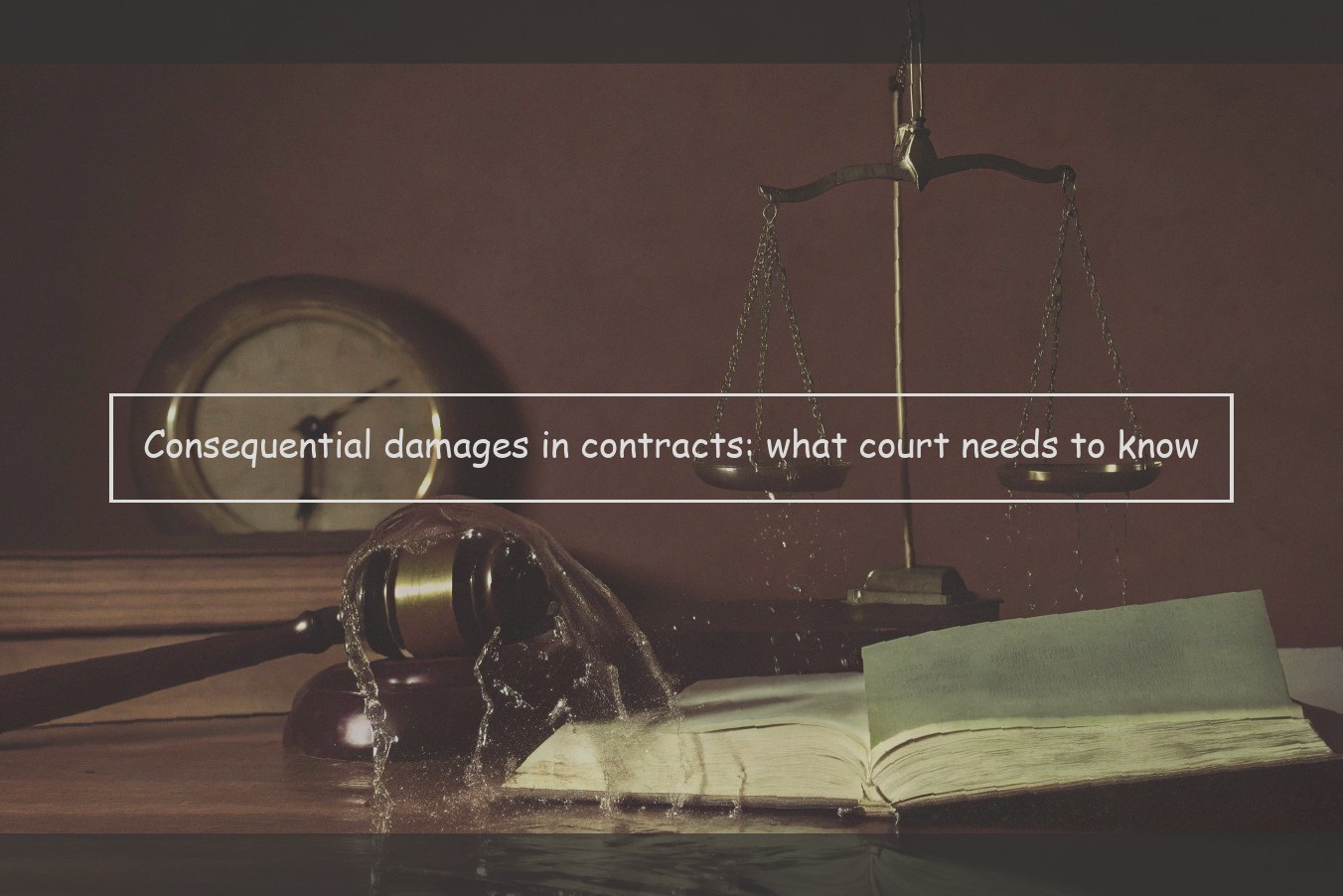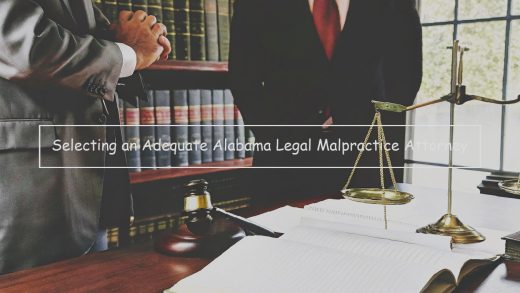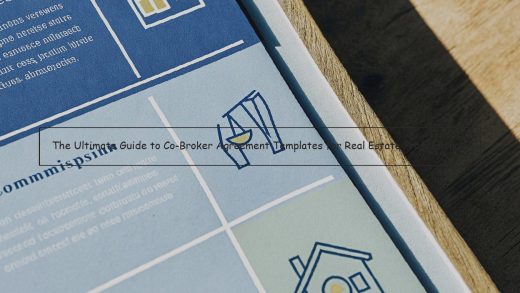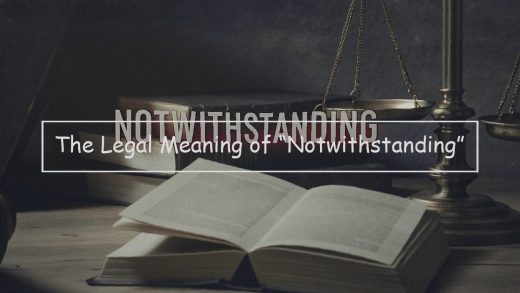What are Consequential Damages?
Understanding Consequential Damages in Contract Law
The second type of damages a party to a contract may recover are known as "consequential damages." Consequential damages are those that do not flow directly and immediately from the breach. They only "flow from the consequences or results of a breach." Damages that are a direct and immediate result of a breach of contract are termed "direct damages."
For example, assume you are building a house and you hire a contractor to build a "green" (energy efficient) roof for an additional cost of $20 , 000. The price includes an energy-efficient roof cover and not just any roof cover. You find out after the breach that the shingles cost about $3,000. The breach costs you $17,000 in damages because you lost your bargain when a contractor could have installed the same roof for $23,000. Thus, in this case, the contractor may only be liable for $3,000 in damages.
Other examples of consequential damages include: loss of profits due to inability to deliver product; lost profits due to inability to sell product; lost profits due to lost goodwill; lost profits on new product line; lost profits due to lost market share; and lost profits due to lost production.

The law of consequential damages
The legal landscape for the awarding of such damages has been shaped by a number of judicial pronouncements. A leading case is the House of Lords decision in Hadley v Baxendale (1854) 9 Exch 341, which laid down the formative principles still employed in Australia today.
The hard facts of Hadley v Baxendale were that the plaintiffs manufactured a particular product and, to do so, they used a piece of machinery that had broken down beyond repair. The machinery had to be sent to the millwright (the first defendant) to be repaired. The second defendant was the carrier who was to deliver the defective piece of machinery to the millwright. The plaintiffs instructed the defendants to deliver the machinery at a convenient time when the production would not be interrupted. An employee of the plaintiffs informed an employee of the second defendant that the machine was needed at the millwright as soon as possible, but the carrier was derelict in delivering the machinery on time. The millwright was delayed in repairing the machine as a consequence. This caused the plaintiffs lost profits, for which they claimed compensation from both defendants.
The Court held that the plaintiffs could not recover damages for loss of profits because the loss was not foreseeable at the time the contract was entered into. This was due to the failure of the plaintiffs’ employee to communicate the circumstances to the second defendant who was otherwise unaware of the particular use the machinery was put and how vital it was to the plaintiffs’ business, and the breaker of the machine could not have known of the importance of the machinery to the plaintiffs’ business.
Hadley v Baxendale is the leading case on the scope of liability in tort for economic loss. As it applies to negligence, the plaintiff must have suffered a loss, which was reasonably foreseeable (had been in the reasonable contemplation of the parties). This means that the circumstances must have been known (or ought to have been known) by the defendant to be likely to cause loss or damage to the plaintiff in order to be liable in contract. Consequently, if the party cannot foresee the loss which occurred because of the breach, he should not be held liable in contract.
The application of this principle was confirmed in Bellgrove v Eldridge (1954) 90 CLR 614 where Dixon J stated: ‘…if a person agrees to do work of a certain kind in a certain way, e.g. to build a house according to a plan, or a vessel according to specifications, the primary object of the parties may have been to do the work as agreed. If so, a breach of the duties of good work and material may cause damage by way of economic loss. But the parties could never have contemplated that the ‘good work and materials’ condition was necessarily a warranty which if broken would entitle the promisee to an allowance of damages measured by the profit or other gain which he would have made if the work had been done in accordance with it. If that were so, it would always be commercially unwise to agree to do anything at a fixed price. Parties seldom enter into such contracts with that state of mind. There must be something in the contract or the circumstances in which it is made to justify the removal of such a limitation on liability for pecuniary loss.’
Realistically, the impact of Hadley v Baxendale has been limited in its application to negligence cases in Australia. While it continues to be applied, the standard required to establish foreseeability of loss in breach of contract actions is high. It is doubtful that Hadley v Baxendale remains the correct statement of the law in relation to the scope of liability for economic loss. In most circumstances, it is clear that the scope of liability in contract should match that which applies in tort. As Mason J held in Devlin v National Bank of Australia (No. 1) (1989) 92 ALR 681 at 686-7, the Hadley v Baxendale test for breach of contract should apply in tort actions of negligence involving pure economic loss: ‘In negligence causing physical harm each party is assumed to be on notice of the risk of death or injury to another through lack of due care in the act or omission and thus the kind of damage for which compensation is recoverable was foreseeable and not taken outside the scope of liability by consequent economic loss. An award of consequential damages under the Hadley v Baxendale test is anomalous if the breach is negligent and causes physical harm or property damage.’
Examples of consequential damages
Examples of consequential damages can be found in employment suits. In the case of Pizzuti v. Society Bank and Trust Company, a woman sued her former employer and supervisor alleging gender discrimination and sexual harassment. She claimed that her employment opportunities for a more desirable job were harmed because the manager failed to process a transfer she had requested. In awarding the plaintiff compensatory damages, the trial court also awarded her $52,797 in consequential losses for lost earnings associated with a lost promotion and relocation expenses incurred to accept another job. In this instance, court ordered travel expenses and lost earnings agreed with the theory of liability in enforcing a duty arising out of the employee’s contract of employment with her former employer.
In Snell v. John Snyder, a general contractor built a house for a couple. The couple’s children found that construction materials had been inadvertently left on their property. The contractor said he’d arrange to get the materials, but didn’t. As a result, the materials ended up being stolen from their home. In this case, the theft of the materials was a foreseeable loss, and the plaintiffs were able to show a causal connection between the loss and the defendant’s breach of a duty. The plaintiffs were awarded the replacement value of the stolen materials, which added up to about $2,200.
Proof of consequential damages
As a preliminary issue, the party seeking recovery of consequential damages must be able to introduce sufficient evidence at trial demonstrating that consequential (not merely direct) damages were actually sustained. In many instances, this is not a simple task and, depending on the circumstances, may require expert testimony.
In the absence of expert testimony, whether a plaintiff should be permitted to recover consequential damages, is also a question of fact for the jury. See, e.g., Potomac Elec. Power Co. v. Electric Motor & Contracting Co., 262 F.2d 7, 11-12 (D.C. Cir. 1958). However, as the court in Potomac Elec. explained, "[i]t is not enough that a plaintiff has shown the existence of some unusual loss. By its very nature, evidence of consequential damages gives rise to difficulties in proof, but the rule requiring certainty requires something more than a mere possibility, however likely." Id. at 12.
The standard for proving consequential damages is strict. Thus, when a plaintiff relies on opinions or inferences from other data, these must be established by admissible expert testimony or non-expert testimony that is competent, relevant and substantial to prove damages to a reasonable certainty . Allstate Ins. Co. v. Plummer, 196 Ariz. 27, 30, ¶ 18 (App. 1999). Such proof is essential because courts cannot speculate regarding damages; thus, "a ‘mere possibility’ of consequential damages is too remote, uncertain and contingen[t] to permit a recovery." Id. As the Tennessee Supreme Court explained, the severity of the injury caused by the breach "becomes an issue of proximate cause and not the type of injuries been compensated only for consequential damages." Kumar v. Board of Professional Responsibility of Supreme Court of Tennessee, 305 S.W.3d 152, 154 (Tenn. 2009).
If the consequential damages arise from a tort or other breach of duty that occurs after the defendant’s breach of the contract, i.e. a subsequent breach, then the victim has the burden to establish that: Of course, causation is not an element of damage, but an element of tortious conduct. Nonetheless, the quantum of damages caused by a tortious breach of contract may be more than the damages caused by a non-tortious breach (i.e. negligence).
Limitations and exclusions
Given the potential for significant exposure, many contracts, particularly those of larger companies, contain clauses that limit or exclude the liability for consequential and other damages. Although such clauses are readily found in some types of contracts, they are uncommon in others. For example, under N.C.G.S. § 22B-1, where a contract is "in consideration of any promise or undertaking" to render a service to another where "the service consists chiefly of rendering for the other person compensation for services rendered to third persons" (sometimes referred to as "professional service contracts"), any provision contained in the contract limiting or excluding remedies for breach or liability for breach of duty of care, including but not limited to consequential damages, is unenforceable. This statutory prohibition includes among other types of contracts: mortgages, deeds, leases, sales, license and finance agreements to which a cognate law applies; agreements for the construction of personal property; and insurance contracts.
Other types of contracts may have similar provisions, either by statute or judicial ruling. Such limitations on liability will be strictly construed and enforced when reasonably understood by the parties. The provisions will be most likely enforced when contained in form contracts or those heavily negotiated by sophisticated parties. The courts will be particularly inclined to give effect to such provisions when the parties’ respective liabilities are carefully delineated.
Avoiding the risk of consequential damages
All companies should, of course, strive to maintain equal bargaining power in their contracts. But this is not always realistic. So businesses must be equipped with alternative tools to protect themselves. Unfortunately, many businesses do not recognize the point of negotiation until it is too late. Once the dispute has arisen and the litigation has started, it is difficult to make the other side walk back from the positions it took when the contract was negotiated.
Understanding the needs and the points of leverage of one’s business partners may enable one to structure things in a way that prevents an outcome requiring the payment of consequential damages from such a contract. Pre-agreement brainstorming sessions with colleagues or even negotiations with third parties may reveal ways to mitigate the risks of significant consequential damages exposures.
For example, if you are a vendor providing software to a customer, you might try to structure the sale to minimize the possibility of consequential damages in one of two ways. First, in certain software transactions, a reseller will put in its standard terms and conditions. If that reseller happens to treat consequential damages as consequential and provides the software vendor with no ability to negotiate around that term, then the software vendor is in a place of weakness because all of the reseller’s bargaining power against the customer has been brought to bear to force the software vendor to treat consequential damages as being structurally foreseeable.
Another example of a way to mitigate the risks associated with consequential damages would be to limit your liability to straight, out-of-pocket losses – anything beyond that would be classified as too remote to be foreseeable. You might , for example, limit your liability to lost profit only. Or you might, for example, limit your liability to the amount that the software failed to provide and a substitute had to be purchased for that amount. A third example of a way to mitigate exposure to consequential damages would be a liquidated damages provision. Liquidated damages provisions are enforceable, but must reflect a good-faith effort to estimate the damages to be sustained based on the breach. In the case of a software breach, a liquidated damages provision is likely to be enforceable and to prevent the payment of consequential damages. Many times, parties will simply agree to eliminate any right to consequential damages. What usually happens is that the agreement that there will be no liability for consequential damages in the event of a breach becomes the basis of the bargain between the parties. The parties will agree to treat consequential damages as being too speculative and not recoverable.
Similarly, a contract with a joint-venture partner can be structured in many ways to reduce the potential for consequential damages. It may be possible, for example, to divide the project into phases and make the contracts for the second phase contingent on the success of the first phase. Or, perhaps, the agreement can look like a series of sales contracts with a provision permitting the purchase of the next phase only after the sales of the previous phase are proved to be successful. In either case, you structure the successive agreements to ensure that the economic bad news arrives before damages are incurred, so that the parties never reach the point of having incurred consequential damages.



